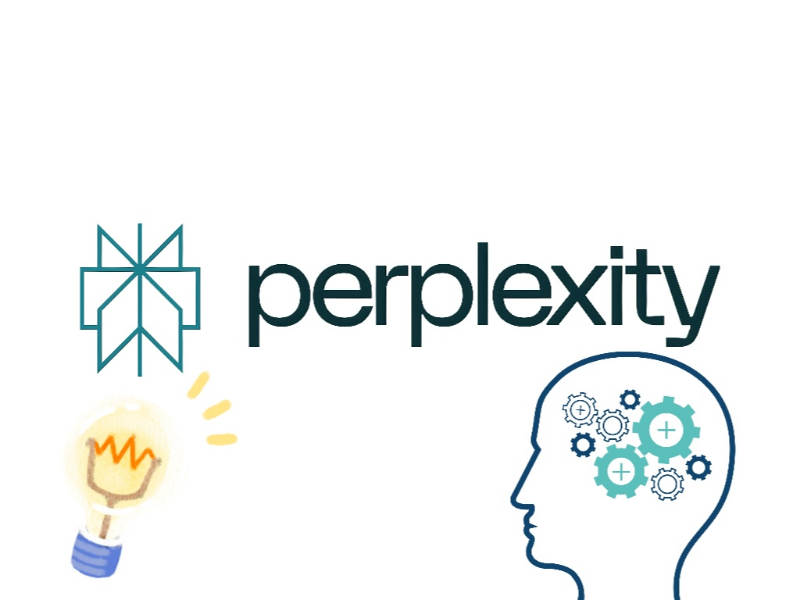- Perplexity AI leverages advanced natural language processing (NLP) to understand and generate human-like responses.
- Its architecture includes machine learning models trained on extensive datasets to enhance accuracy and relevance.
Perplexity AI is at the forefront of conversational AI, offering sophisticated capabilities that redefine human-computer interactions. Delving into its workings unveils a complex blend of technologies designed to understand context, personalise responses, and deliver seamless user experiences. Let’s explore how Perplexity AI operates and what makes it a standout in the AI landscape.
1. Architecture and Components
Perplexity AI’s architecture is built upon several key components that enable its functionality:
Natural Language Processing (NLP): At its core, Perplexity AI employs advanced NLP techniques to analyse and interpret human language. This includes tasks such as tokenisation, parsing, and semantic analysis to comprehend the meaning and intent behind user queries.
Machine Learning Models: The AI utilises deep learning models trained on vast datasets. These models enable Perplexity AI to learn patterns, nuances, and variations in language, improving its ability to generate accurate and contextually relevant responses.
Contextual Understanding: One of Perplexity AI’s strengths lies in its ability to maintain context across conversations. It employs contextual analysis to remember previous interactions and adapt responses accordingly, providing a more coherent and personalised user experience.
2. Operational Processes
Natural Language Understanding (NLU)
Perplexity AI first processes incoming text inputs through its NLU module, breaking down sentences into meaningful components and extracting key information.
Response Generation
Using its trained models and contextual insights, Perplexity AI generates responses that are syntactically correct and semantically coherent, tailored to the specific query or conversation context.
Personalisation
The AI incorporates personalisation algorithms that learn from user interactions over time. This allows it to customise responses based on individual preferences, enhancing user engagement and satisfaction.
Continuous Learning
Through continuous learning from new data and interactions, Perplexity AI improves its performance and adaptability, staying updated with evolving language patterns and user expectations.
Also read: OpenAI completes acquisition of Rockset
Also read: Apple and Meta discuss AI partnership
Definition of Key Terms
- Tokenisation: The process of dividing text into smaller units, typically words or phrases, for analysis.
- Parsing: Analysing the grammatical structure of sentences to understand relationships between words.
- Semantic Analysis: Understanding the meaning and intent behind text inputs to generate appropriate responses.
Personal Opinion
Perplexity AI represents a significant advancement in conversational AI, harnessing state-of-the-art technologies to understand, interact, and personalise responses effectively. As AI continues to evolve, Perplexity AI sets a benchmark for intelligent and adaptive human-computer interactions.
The capabilities of Perplexity AI illustrate the transformative potential of AI in enhancing user interactions and operational efficiencies. Embracing such technologies responsibly can lead to more intuitive and beneficial applications across diverse sectors, fostering innovation and improving overall user experiences.

